|
When one thinks of red varietals from Sicily, Nero d’Avola usually comes to mind. Nero d’Avola is one of the oldest indigenous grapes of Sicily and the most widely planted red variety. Perricone is also a red grape variety that is indigenous to western Sicily. Due to its full body and assertive tannins, Perricone is largely used for blending with lighter Sicilian grapes. However, with careful grape selection, low yields and skilled winemaking techniques, drinking 100% Perricone is a treat. I had the opportunity to taste Perricone for the first time while on a press trip to Sicily in April 2017. It was at the home of Fabio Sireci, owner, winemaker and third generation of Feudo Montoni. Located in western Sicily, Feudo Montoni sits high up on a mountain, surrounded by vineyards and wheat fields in a commune called Cammarata in the Province of Agrigento. My afternoon at Feudo Montoni was quite memorable. In addition to learning its history and touring the winery, we dined on exceptional cuisine and educated our palates with Fabio’s amazing wines. To learn about Feudo Montoni and my visit there, please read my story: http://thewineknitter.com/1/post/2017/05/day-573-sicily-part-three-feudo-montoni.html The Perricone that we tasted that afternoon was a 2015 Perricone del Core. “Core” means “heart” in Sicilian and it is the name of the vineyard where Perricone grows. The vines in the Core vineyard are 40+ years old and were grafted by hand onto wild plants. All the farming and wine is certified organic beginning with the 2013 vintage. The grapes are handpicked and vinified within one hour after the cutting. Maturation in barrels is moderate because Fabio feels that “the wood should never overpower the personality of the wines”. The Perricone aged for 3 months in barrels. Not too long ago I was in a wine store and on display was Feudo Montoni 2015 Perricone del Core! And yes, of course I bought a few bottles! It was exciting to taste the 2015 Perricone again, 18 months later. The color is dark ruby with a purple cast. The aromas are heady with red berries, blackberry and floral. The palate is layered with dark raspberry, blackberry, dark plum, fennel and hints of vanilla and spice. Pepper and cocoa linger on a long finish. This is a full-bodied, expressive wine with soft tannins and a velvety mouth-feel. Allow 20 to 30 minutes for the wine to open prior to serving. Pair with aged cheese, spicy food, grilled or braised meat and stews. Alcohol: 13.5% SRP: $20 There is nothing better than pouring a glass of wine and letting each sip transport you back to its origins. And for a short time last evening, I imagined myself overlooking the vineyards at Feudo Montoni once again. Until next time…
Cheers! Penina To leave a comment or if you have an inquiry, please contact me at [email protected] As mentioned in my previous post, I traversed Sicily from west to east and back again touring vineyards and meeting with winemakers. Logically, I should begin this story with the first winery that I visited on the western side of Sicily. However, I’m going to begin “our tour” with Feudo Montoni, located in the middle of Sicily, high up on a mountain, surrounded by wheat fields and vineyards in a commune called Cammarata in the Province of Agrigento. Feudo Montoni was my last stop on the wine tour before heading for Catania. And for me it summed up all the passion, love and pride of the Sicilian winemakers that I had met so far. As we made our way up a long, narrow and twisty road towards Feudo Montoni, more meadows of wheat fields, sheep and goats emerged. Fabio Sireci is owner, winemaker and third generation of Feudo Montoni. His grandfather Rosario purchased Feudo Montoni in the late 1800s, having observed and appreciated the land, its biodiversity and the ancient vines of Nero d’Avola, Perricone and Cataratto. I’d also like to mention that Feudo Montoni is one of Sicily’s most historical producers of Nero d’Avola and is the highest vineyard in Sicily for Nero d’Avola. The estate dates back to the 16th century where at that time the prized “Vrucara” single-vineyard was first planted. Fabio’s father, Elio planted new vineyards and modernized the cellar in the late 1960s. Today, 600 years later, the wines are made in the same cellars and on the same land. The baglio (a typical Sicilian interior court square) was built in 1469 and is an impressive and beautiful structure. Fabio, like his grandfather and father before him, continues “acting as guardian of the ancient plants and their grapes.” Fabio is involved in every process, from the vineyard to the cellar. Feudo Montoni philosophy is as follows: We arrived to a warm welcome from Fabio and Melissa Muller. Melissa recently published a book called “Sicily: The Cookbook: Recipes Rooted in Traditions”. This book is a seven-year endeavor delving into Sicilian gastronomy sprinkled with narratives and beautiful photographs. Wine and food…a perfect union! As we stood outside overlooking the vineyards and wheat fields, Fabio gave us a wonderful verbal tour of Feudo Montoni’s history, philosophy, harvesting and winemaking techniques. He pointed out the 90 year old bush vines in one of his vineyards and explained how ancient vines are propagated from their vineyards using traditional techniques of propagation or grafting. All wines are certified organic. We were invited into their home for a fabulous feast prepared by Melissa and a tasting of seven wines produced by Fabio. The slide show below will give you a glimpse into a beautiful afternoon spent at Feudo Montoni. I have also included a short video of Fabio and Melissa talking about Nero d’Avola Vrucara and Lagnusa. All the wines were memorable, with my favorites being: 2013 Vrucara, intense aromas, full-bodied, dark cherries, juicy and elegant. 2015 Perricone Smooth with plum and spice. Earthy and full. 2016 Catarrato Delicately aromatic with floral and citrus, hints of mint. Fruit fresh with good balance and acidity. We took a quick tour of the cellars and bottling area. As we said our good-byes with an autographed cookbook in hand and the taste of sweet Passito still lingering on my palate, Fabio’s parting words said it all “the heart and soul transfers to the grapes and wine”. Thank you, Fabio and Melissa for an inspiring afternoon!
Cheers! Penina To leave a comment or if you have an inquiry, please contact me at [email protected] Sicily has an impressive history of over 2500 years of winemaking. As I mentioned in my last post, its unique environment of mineral-rich soils and Mediterranean climate are conducive to growing grapes. Although many of the grapes grown here have been imported from regions throughout Europe, Sicily boasts a large number of indigenous grape varieties as well. So, before we begin our mini tour of Sicilian vineyards, let’s get acquainted with just a few of their indigenous grapes. My descriptions are generalized and wines will vary from region to region, from limestone-rich terrain to clay and deeps soils, and in some instances several variations on a single grape will be produced in a winery. 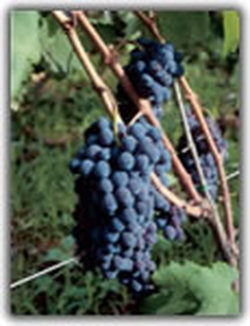 Red Grapes Nero d’Avola (Calabrese) is considered the number one Sicilian red and has been enjoyed since the end of the 17th century. It is one of the oldest indigenous grapes of Sicily and the most widely planted red variety. Nero d’Avola fills approximately 18% of vineyards. Nose: cherries, strawberries and spices Palate: Rich with red fruit, mild tannins, sweet spices, licorice Perricone is mostly grown in a concentrated area of western Sicily and once upon a time was considered the “undisputed” leader of red grapes in western Sicily. Winemakers like to use it as a blending grape. However, 100% Perricone is a treat. Nose: Very aromatic, dark fruit, spice and herbs Palate: Raspberry, marzipan, spice, earthy, chocolate with mild to medium tannins. Reminiscent of Syrah. 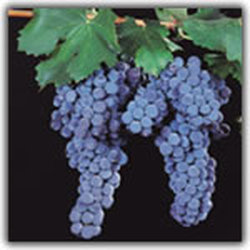 Frappato is believed to have its origins in the Ragusa province of Sicily around 300 years ago. It is characterized as a light and refreshing wine. Nose: full bouquet, cherry Palate: mild tannins violet, strawberries Nerello Mascalese and Nerello Cappuccio are highly regarded grapes that primarily grow on the volcanic slopes of Mount Etna in some of the highest vineyards in Europe. The grapes are considered “cousins” and tend to be used together in blending, but they also drink well on their own. Nerello Mascalese is ripe with fruit flavors, herbs and cinnamon. Nerello Cappuccio is softer with more cherry flavors and spice on the palate. 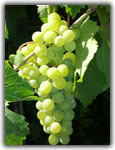 White Grapes Grillo, one of Sicily’s best known grapes, is found throughout western Sicily and is noted for its citrus flavors, sweetness and mild acidity. Due to the grape’s high sugar levels, it is ideal for the production of fortified wines. Historically, Grillo was used in the production of Marsala wine. However, Catarratto has taken the lead. And now due to the innovation of new winemakers, Grillo has a wide range of styles, from crisp and savory, to structured and mature. It is interesting to note that in 1848 Grillo became a hybrid of Zbibbo and Catarratto. 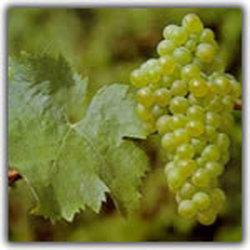 Catarratto is considered the primary white grape of Sicily with more area planted than any other grapevine and makes up 60% of the total grape vineyard area, with most of it on the western side of the island. As noted above, is used in the making of Marsala wine. Nose: floral, citrus, melon that segues onto the palate. 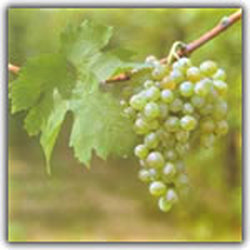 Inzolia is grown primarily in western Sicily and is the island’s fourth most widely planted grapevine. It is usually used in blends to make drier wines. And it is also used to make Marsala. Nose: aromatic, citrus, almonds Palate: tropical fruit and almonds, herbs, fresh and lively 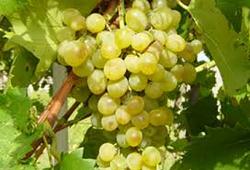 Zibibbo grape is also the name of the sweet wine that is obtained from the grape and is grown on Pantelleria Island as well as in Mazara del Vallo and the nature reserve “Gorghi Tondi. I will go into further detail about Zibibbo, production and tastings later on. The typical Zibibbo wine is very aromatic with apricot, floral and almond lingering on the finish. This is just a small sampling of indigenous grapes from Sicily. The list could go on forever, but I need to stop here and rev up the tour bus because we are starting our adventure in Catania at the foot of Mount Etna on the easternmost side of the island. We will then slowly make our way back to the westernmost side of the island, visiting winemakers along the way and eventually we’ll fly over to Pantelleria Island. So hop on board, buckle up and let’s go! Catania is an ancient port city that sits at the foot of Mount Etna. After traveling across Sicily, visiting five wineries and absorbing the incredible biodiversity of the land, I came here as Assovini Sicilia’s guest to participate in Sicilia En Primeur. It was a whirlwind of activity and also an incredible introduction and education into Sicily’s culture and gastronomy! The two-day event gave me the opportunity to taste the 2016 vintages from forty-nine major wine producers of the region, attend Master Classes and blind tastings. A gala wine party, complete with amazing food and music was held for the journalists and wine producers at Palazzo Biscari, a magnificent private palace built in the 1700s. Slide show below. It was a pleasure speaking with the producers and winemakers. Each had a story to tell. But the common theme was their love for Sicily, respect for the environment and their passion and dedication in making great wine while maintaining the tradition and character of the land. Sicily is becoming more dedicated to organic and biodynamic agriculture and using sustainable practices.
A new generation of winemakers are making their mark by embracing the old while developing new ideas, techniques and blends that transcend into reds that are elegant, fresh and lively and whites that are focused, crisp and leap out of the glass! We’ll begin a tour of the vineyards next time! Cheers! Penina To leave a comment or if you have an inquiry, please contact me at [email protected] |
Categories
All
|

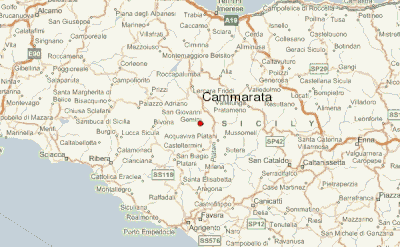
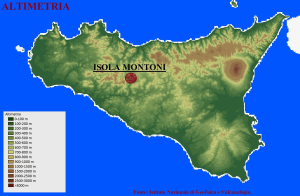
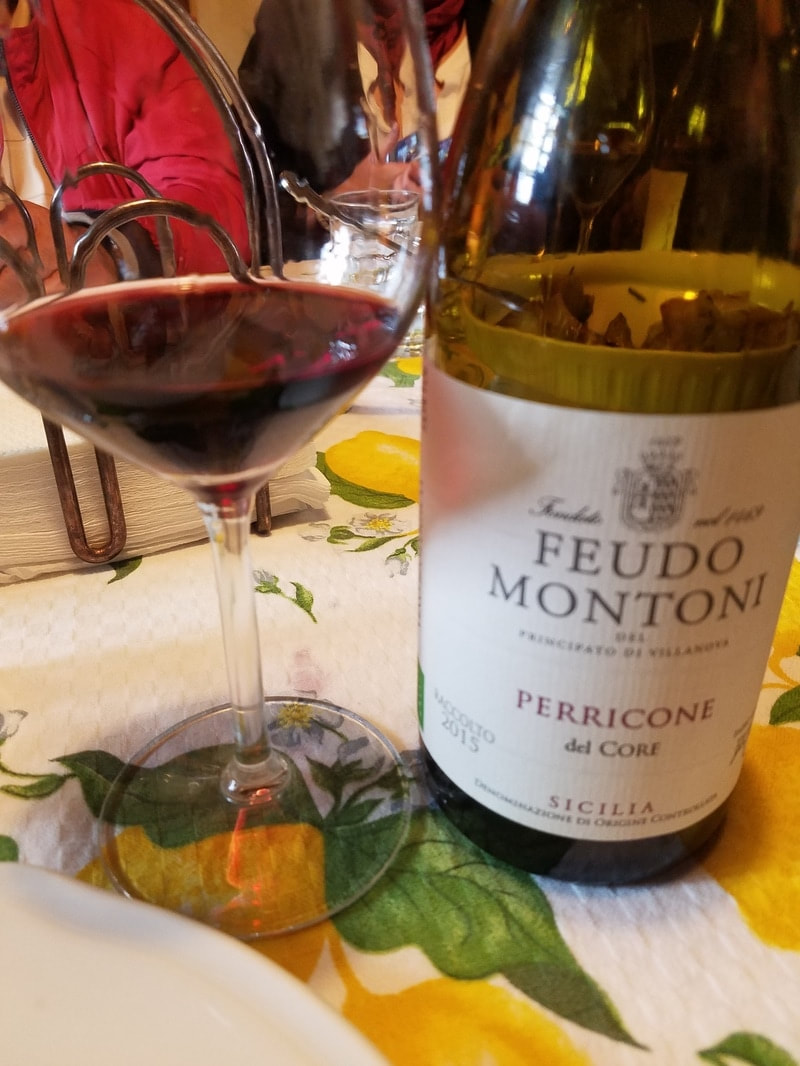
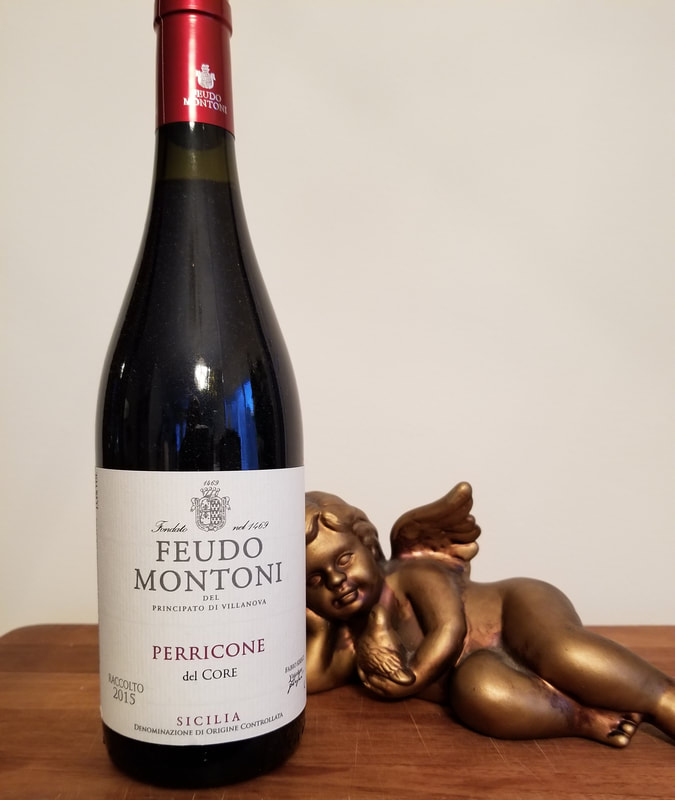
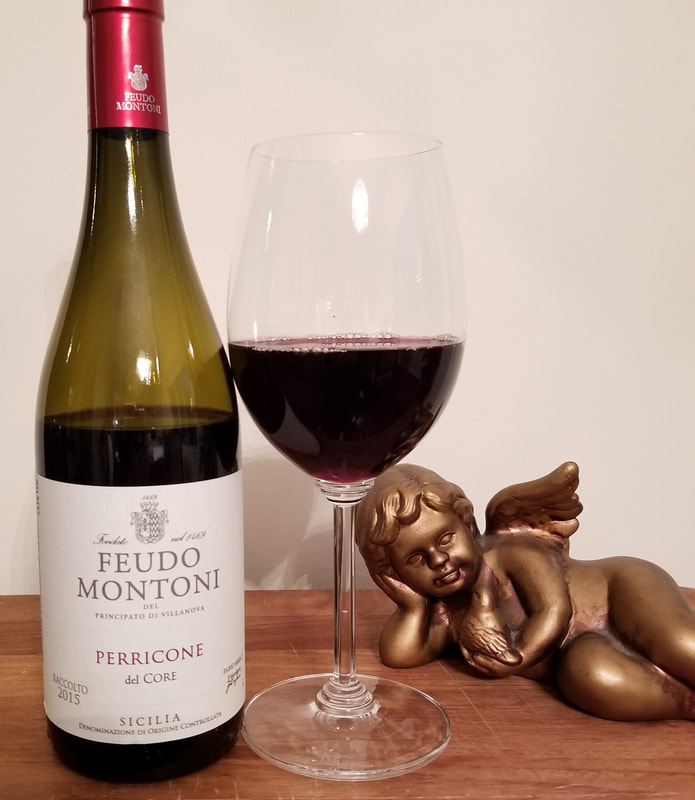
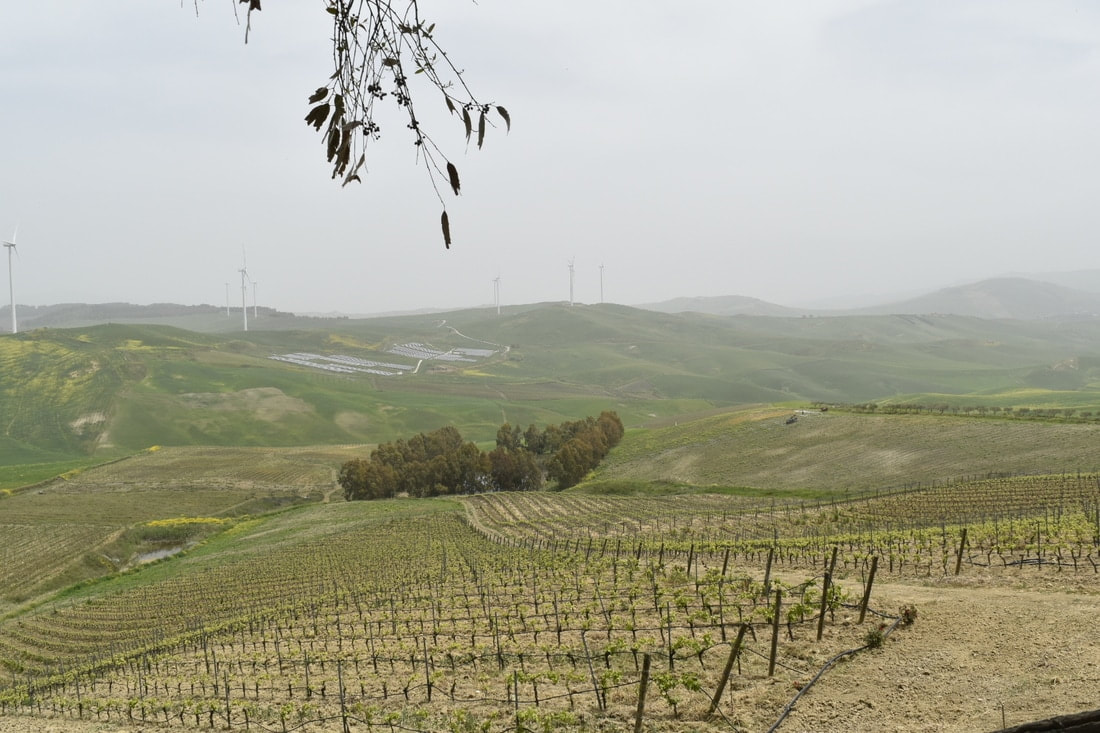
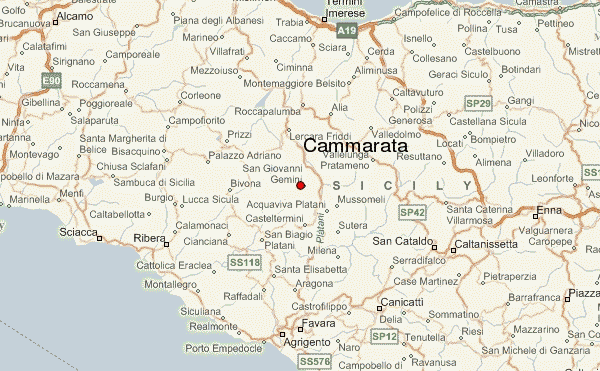
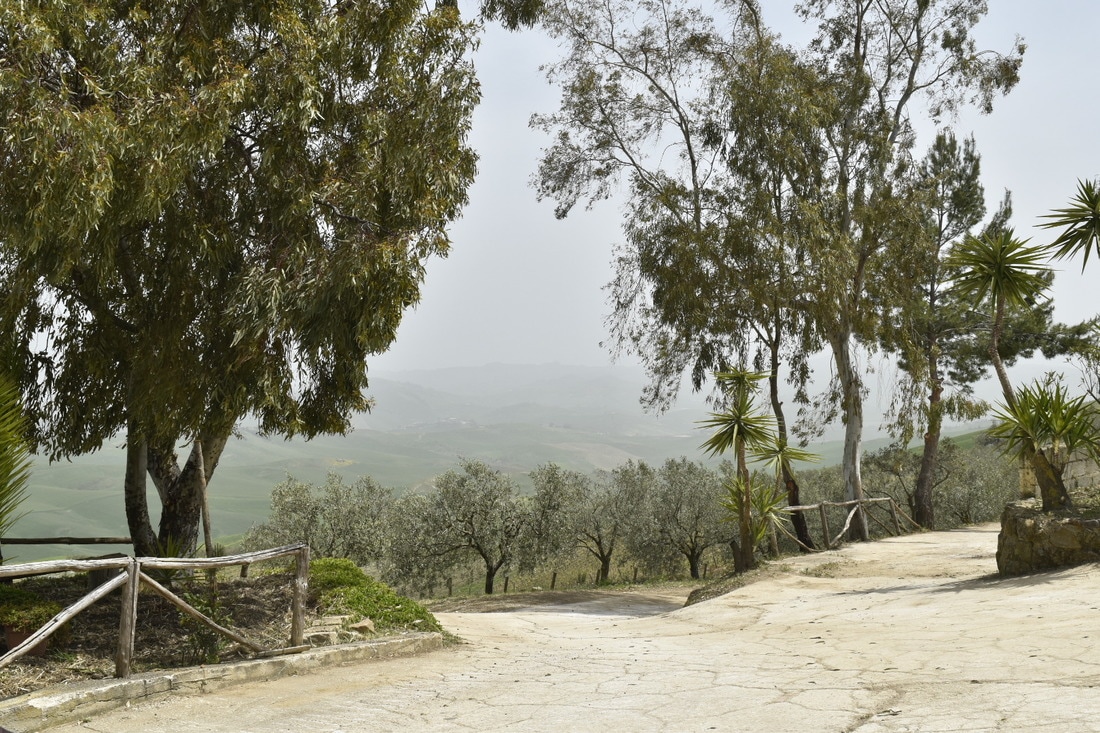
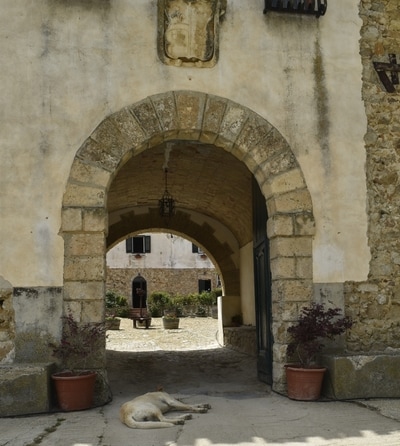
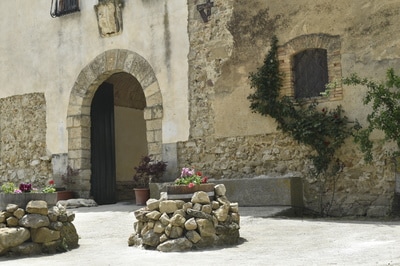
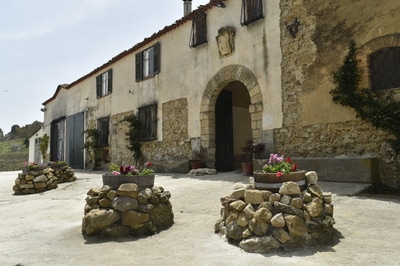
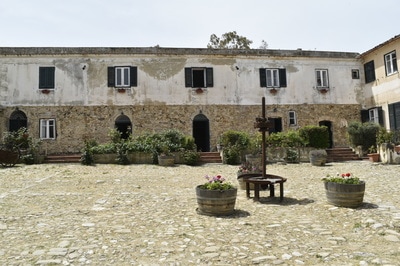
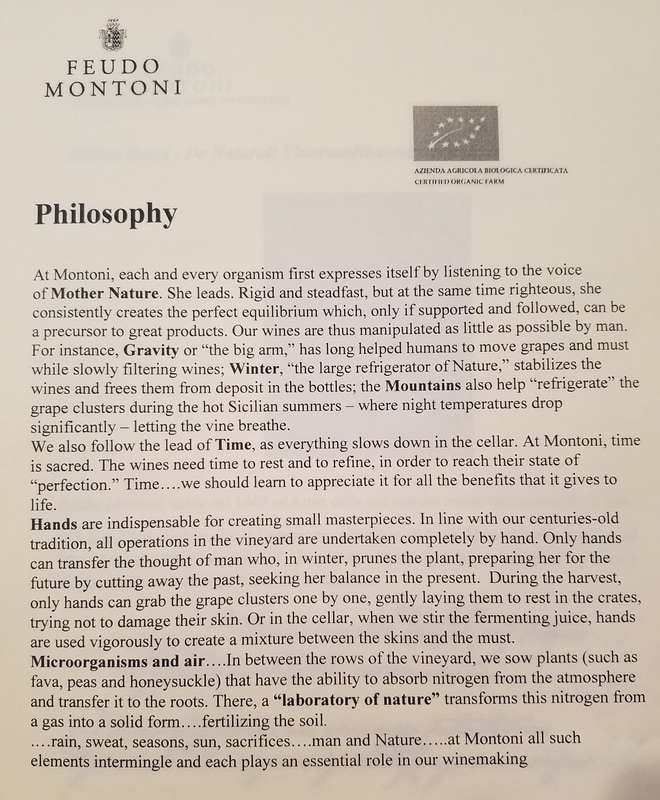
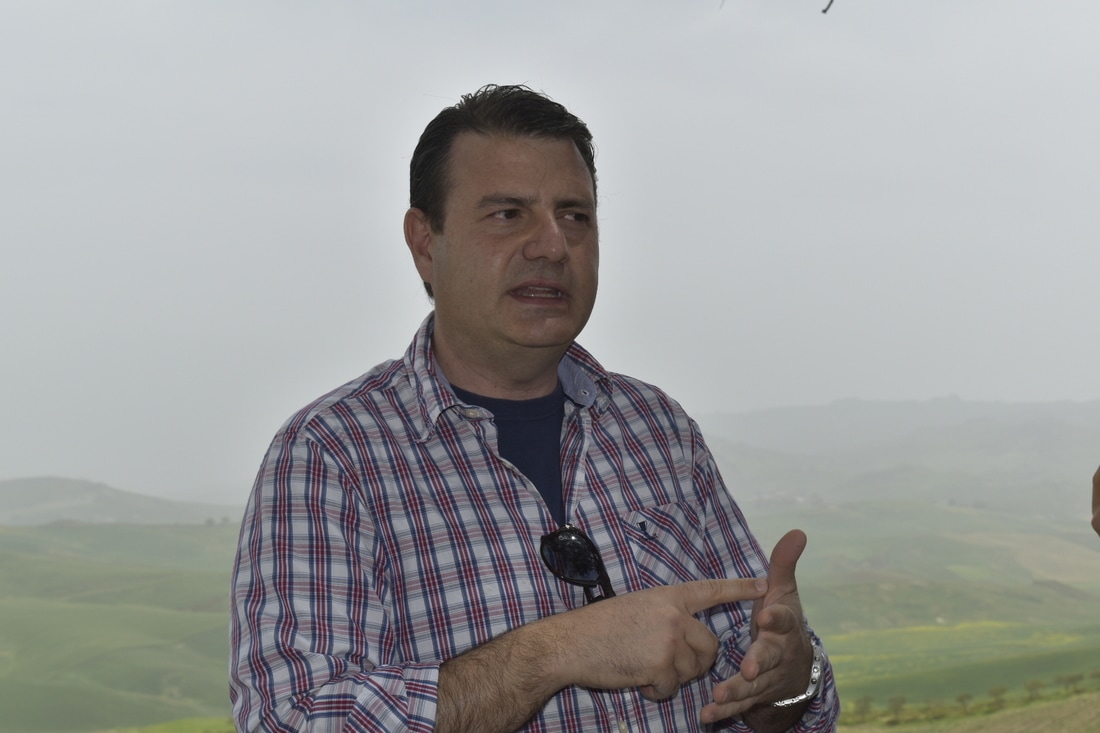
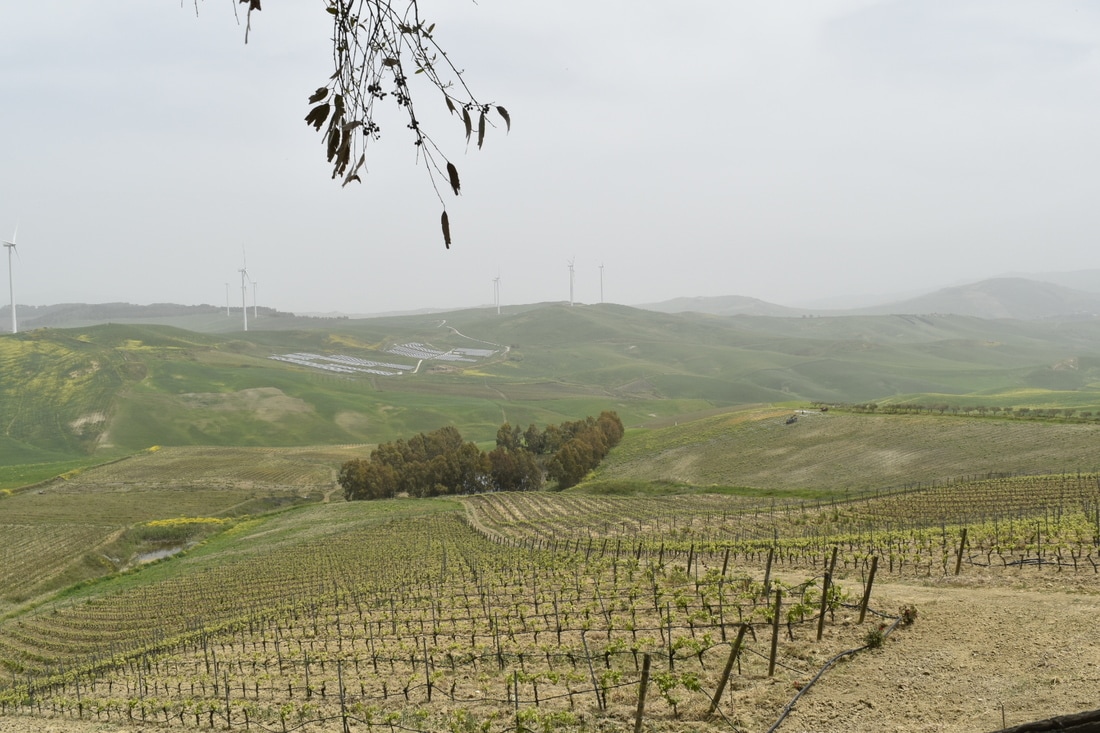
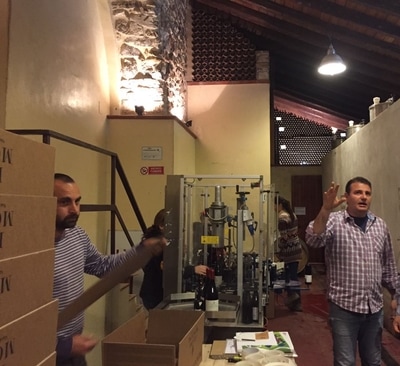
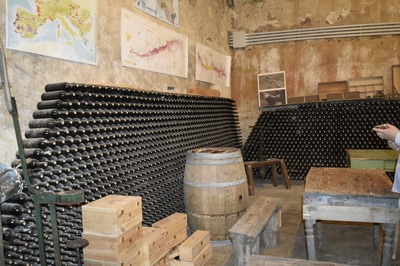
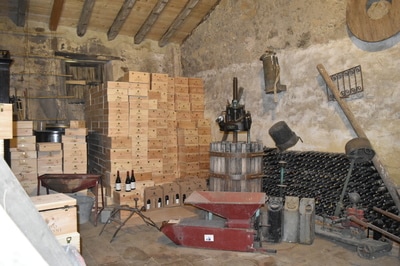
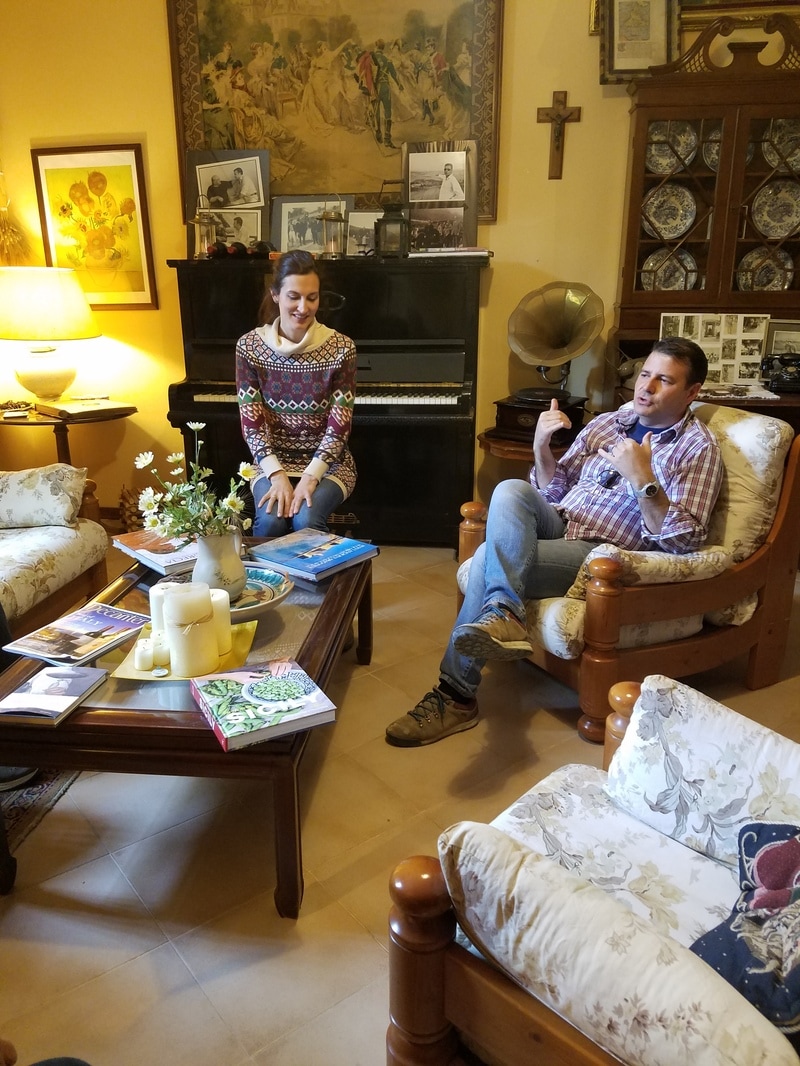
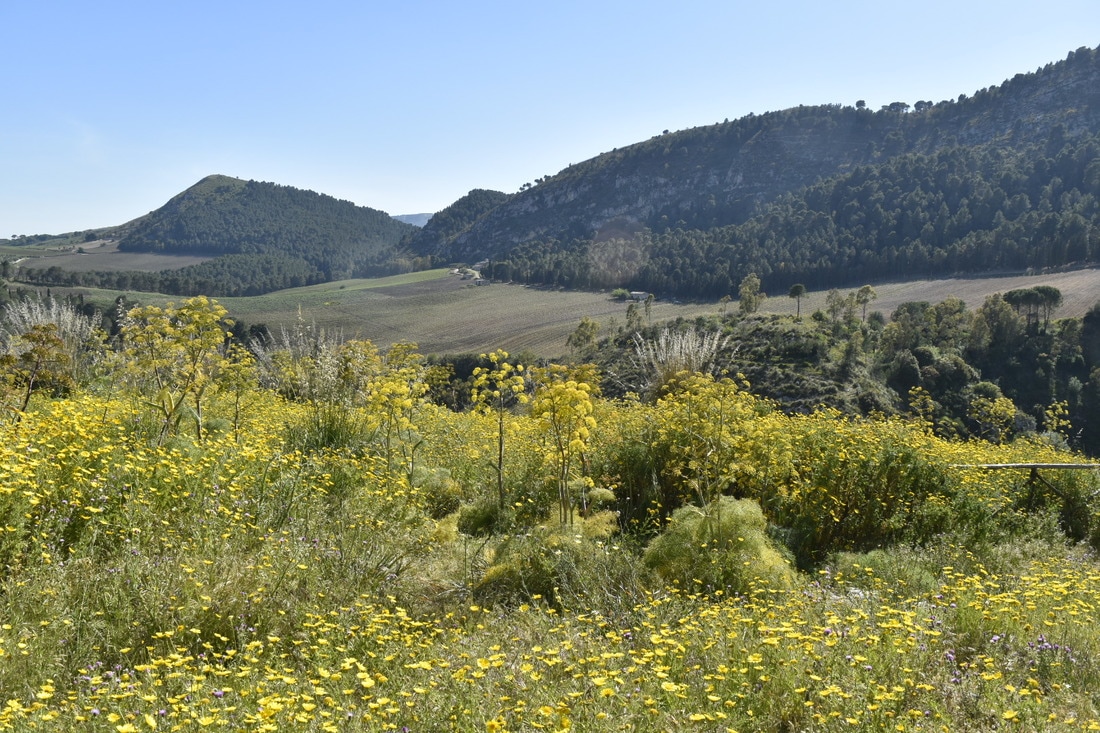
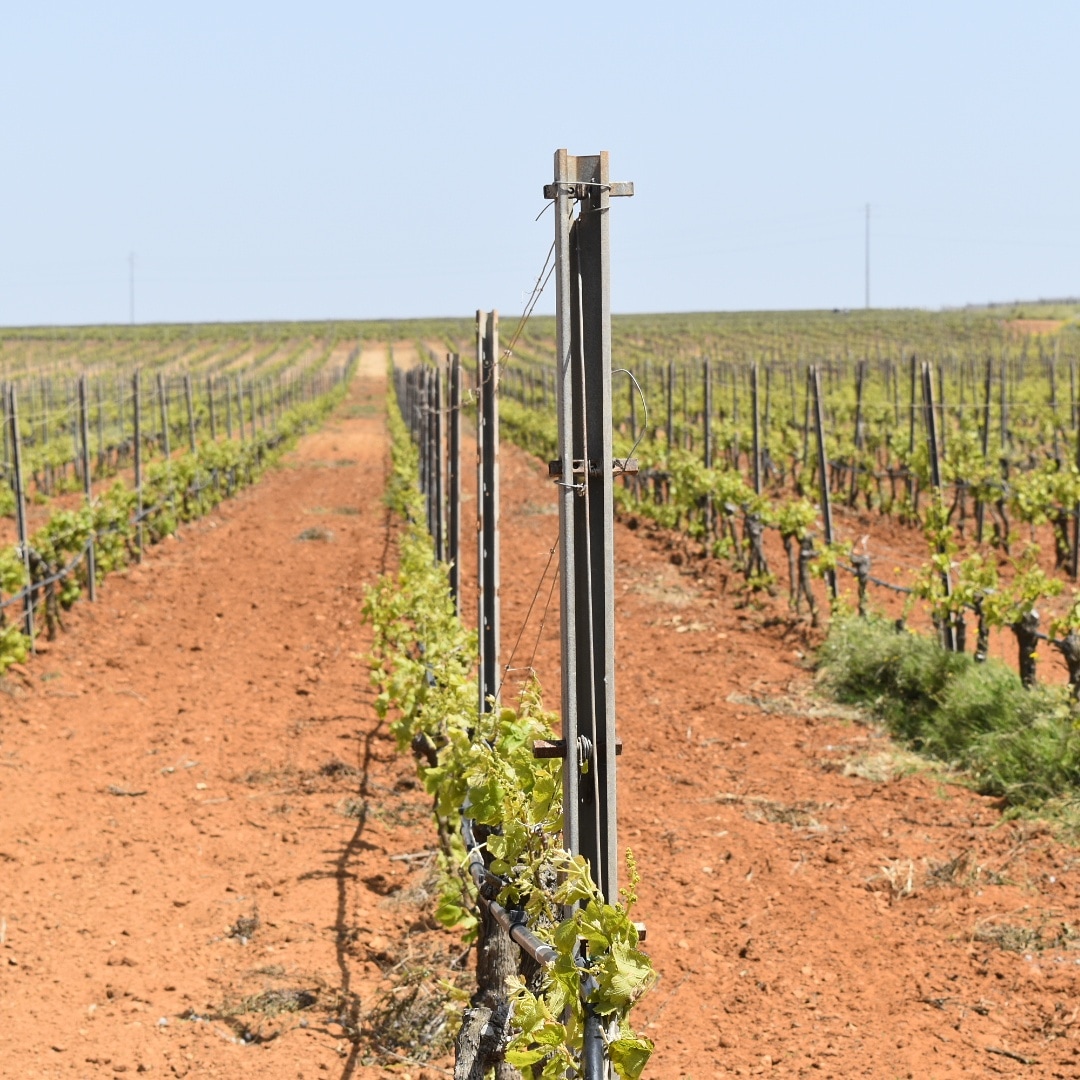
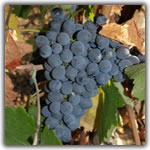
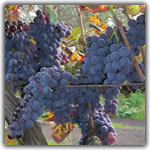
 RSS Feed
RSS Feed